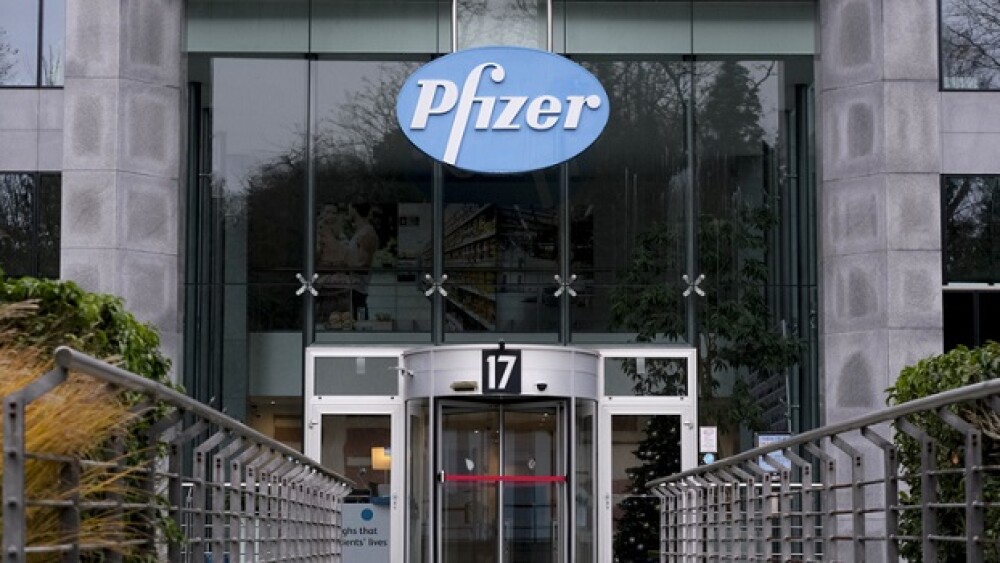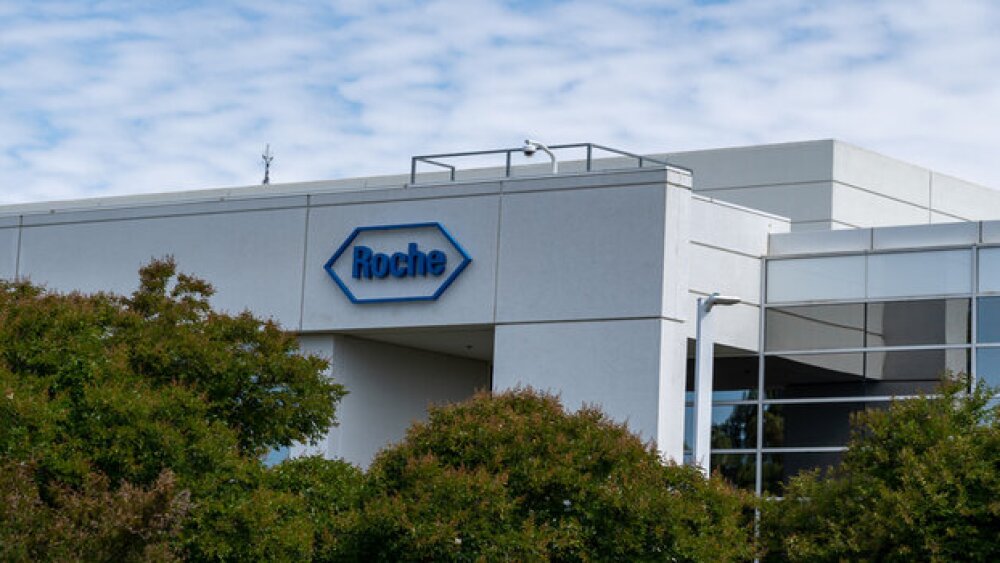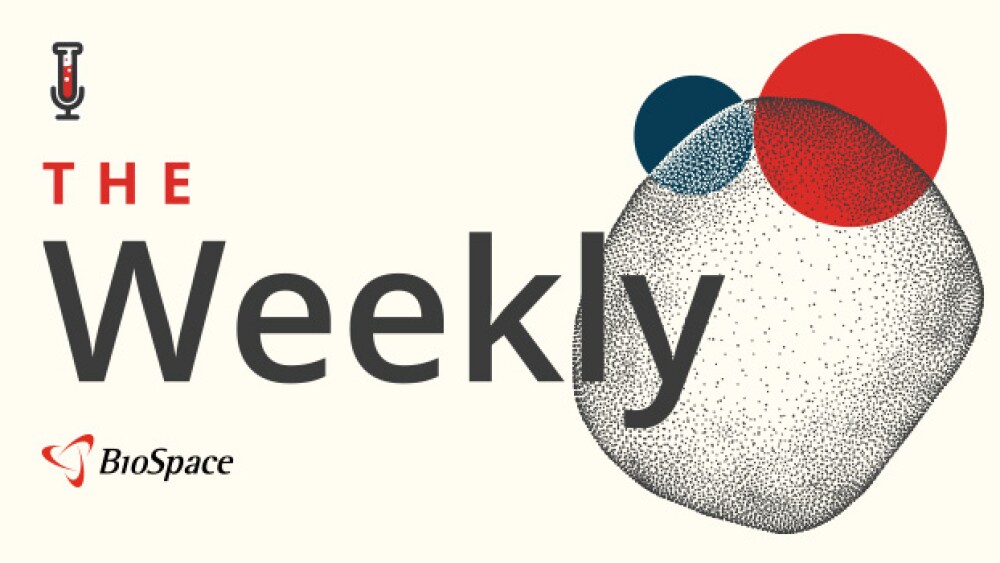Based on these additional findings, the Company continues to believe that the control arm which used vigorous positive-pressure lavage with buffered water was able to achieve a limited therapeutic effect by means of washing out fungi, but that when patients with severe disease are separately analyzed, the additional benefit of the intranasal antifungal in the SinuNase lavage becomes apparent.
Furthermore, the analysis of the full data set has shown that the subjective primary endpoint of complete resolution of the cardinal symptoms of sinus headache and nasal congestion as reported by study participants at the conclusion of the 16 week trial is not reliable. In particular, almost 50% of patients who reported complete resolution of both cardinal symptoms nevertheless scored one or both of these symptoms as having a severity of greater than zero on a symptom severity scale being validated during the clinical trial. Accordingly, the Company cautions that the lack of a statistically significant superiority of SinuNase versus control lavage on this subjective primary endpoint should not be used to infer that SinuNase lacks efficacy.
The Phase 3 study on SinuNase is the first and only Phase 3 study ever conducted on any pharmaceutical for chronic sinusitis anywhere in the world and accordingly, there is a wealth of new data being gleaned from the trial. The Company continues to analyze the unblinded data, noting that there are approximately 60 variables that were measured at each of ten office visits.
Based on ongoing analyses of the full data set, the Company is formulating its go-forward strategy with respect to SinuNase regulatory approval and commercialization. At this time, the Company intends to pursue development of the SinuNase lavage for severe cases of inflammation. For less severely inflamed patients, the Company believes that the delivery of SinuNase in an ultra low-volume or mini-lavage should be able to control the symptoms and signs of patients with chronic sinusitis while eliminating the confounding effect in these less-inflamed cases of a high-volume positive-pressure lavage. Representing just 5% of the volume of the SinuNase lavage used in the pivotal Phase 3 study, the mini-lavage should have the added benefit of being more patient-friendly. Importantly, the mini-lavage uses the same formulation as the original SinuNase lavage (100 ug/cc of amphotericin B).
Background on CS
CS is a debilitating disease with common symptoms including severe nasal congestion, sinus headache, production of thick mucus, runny nose, loss of smell, and chronic inflammation leading to polyps, which are small growths in the nasal passages that hinder breathing. CS can also result in opportunistic bacterial infections, acutely exacerbating those symptoms and often bringing patients to medical attention for the first time.
Researchers at Mayo Clinic were the first to propose that airborne fungus lodged in the mucus lining of the sinuses was the root cause of CS. Since 1999, a comprehensive body of basic and clinical research performed at the Mayo Clinic has indicated that CS is an immune reaction caused by fungus in susceptible patients (approximately 10% of the population), but as with most revolutionary paradigm shifts in medicine, this unexpected etiology of a host-determined reaction to a ubiquitous mold has been greeted with significant skepticism.
About Accentia Biopharmaceuticals, Inc.
Accentia Biopharmaceuticals, Inc. is a portfolio company of the Hopkins Capital Group, LLC. It is organized as a vertically integrated biopharmaceutical company focused on the development and commercialization of drug candidates that are in late-stage clinical development and typically are based on active pharmaceutical ingredients that have been previously approved by the FDA for other indications. Usually these drug candidates can access the accelerated 505(b)(2) regulatory approval pathway, which is generally less time-consuming, and less expensive than the typical 505(b)(1) pathway that must be used for new chemical entities, which typically have a higher risk profile. The Company’s lead product candidate is SinuNase™, a novel application and formulation of a known therapeutic to treat chronic rhinosinusitis. SinuNase has been granted Fast Track status by the FDA and it is currently in a pivotal Phase 3 clinical trial. During this fiscal year, the Company also plans to file an Investigative New Drug (IND) for a pivotal Phase 3 clinical trial of Revimmune™, to treat numerous autoimmune diseases with an initial indication targeting refractory relapsing-remitting Multiple Sclerosis. Revimmune is based on pulsed, ultra-high dosing of a well-known chemotherapeutic agent under a risk management program. Additionally, through an investment strategy, the Company has acquired the majority ownership interest in Biovest International, Inc. (OTCBB:BVTI) and a royalty interest in Biovest’s lead drug candidate, BiovaxID® and any other biologic products developed by Biovest. Biovest is currently conducting a pivotal Phase 3 clinical trial for BiovaxID which is a patient-specific anti-cancer vaccine focusing on the treatment of follicular non-Hodgkin’s lymphoma. BiovaxID has been granted Fast Track status by the FDA. In addition to these product candidates, the Company has a specialty pharmaceutical business, which markets products focused on respiratory disease and an analytical consulting business that serves customers in the biopharmaceutical industry.
For further information, please visit: http://www.Accentia.net
Forward-Looking Statements:
Statements in this release that are not strictly historical in nature constitute "forward-looking statements." Such statements include, but are not limited to, statements about Revimmune™, SinuNase™, BiovaxID®, AutovaxID™, SinuTest™, AllerNase™ and any other statements relating to products, product candidates, product development programs, the FDA or clinical study process including the commencement, process, or completion of clinical trials or the regulatory process. Such statements may include, without limitation, statements with respect to the Company's plans, objectives, expectations and intentions, and other statements identified by words such as "may," "could," "would," "should," "believes," "expects," "anticipates," "estimates," "intends," "plans," or similar expressions. Such forward-looking statements involve known and unknown risks, uncertainties, and other factors that may cause the actual results of Accentia to be materially different from historical results or from any results expressed or implied by such forward-looking statements. These factors include, but are not limited to, risks and uncertainties related to the progress, timing, cost, and results of clinical trials and product development programs; difficulties or delays in obtaining regulatory approval for product candidates; competition from other pharmaceutical or biotechnology companies; and the additional risks discussed in filings with the Securities and Exchange Commission. All forward-looking statements are qualified in their entirety by this cautionary statement, and Accentia undertakes no obligation to revise or update this news release to reflect events or circumstances after the date hereof. The product names used in this statement are for identification purposes only. All trademarks and registered trademarks are the property of their respective owners.
Contacts
Accentia Biopharmaceuticals, Inc., Tampa Corporate Contacts: Douglas Calder, Director of Investor Relations & Public Relations, 813-864-2554, ext. 258 dwcalder@accentia.net or Susan Bonitz, Ph.D., Director, Program Coordination, 813-864-2554, ext. 277 sbonitz@accentia.net




